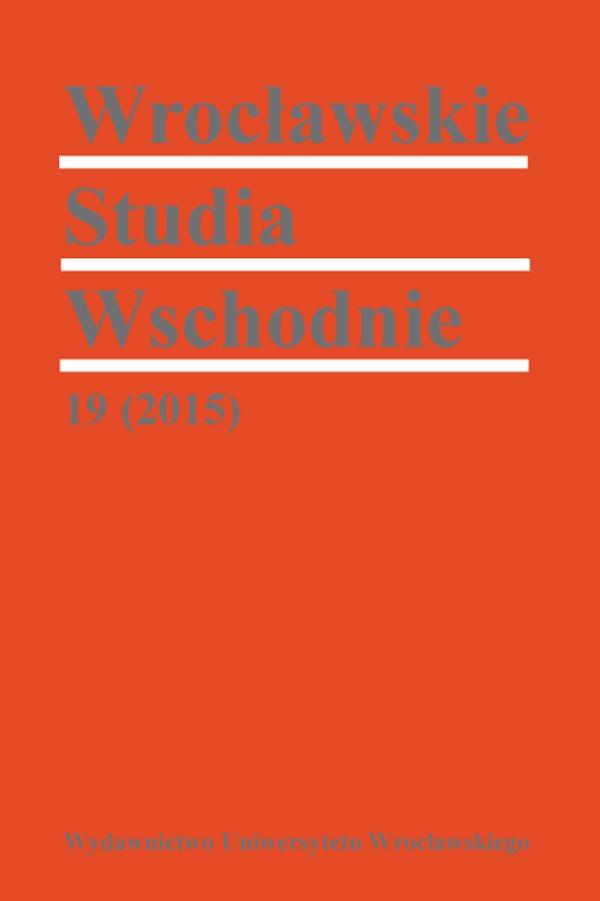

Artykuły

J.D. Talko-Hryncewicz 1850–1936— a scholar studying the Mongolian peoples of Central Asia
The article is an analysis of J.D. Talko-Hryncewicz’s works dealing with the anthropology, archaeology and ethnography of the Mongolian peoples of Central Asia in the context of the emergence and development of Mongolian studies in Russia at the turn of the 20th century, a period when a significant role in studies of the East began to be played by — in addition to Academy of Sciences institutes and universities — scholarly societies, with the Russian Geographical Society RGS making aparticularly important contribution. The work of Talko-Hryncewicz, a Pole, relating to Mongolian studies is evidence of a characteristic feature of the Russian Mongolian studies — their multinationality. For along time Talko-Hryncewicz headed one of the branches of the Russian Geographical Society — the Troitsk-Kyakhta Section of the Society’s Amur Branch, which contributed significantly to studies of Mongolian peoples. In that period Talko-Hryncewicz not only published studies in specialist fields anthropology, medicine, but also left a legacy of letters and memoirs, which are a source of information for the study of the history of Russian Mongolian studies, the subject of the present article. Apart from becoming a true anthropologist in Siberia, Talko-Hryncewicz got to be known there as an excellent organiser, working for along time as head of the Troitsk-Kyakhta Section of the Amur Branch of the Russian Geographical Society. Under his leadership the Section organised expeditions exploring “close and more distant localities of the Zabaykalsky Krai and Mongolia”; “botanical, zoological, mineral, anthropological and archaeological specimens” were collected with the help of many well-known “Russian and foreign specialists”; “systematic investigation of 500 graves” was conducted, which made it possible to “determine the culture and physical type of the ancient inhabitants of the country”; in addition, scholars conducted “anthropological studies of thousands of people of different races living there”. They collected a huge quantity of material concerning the material and spiritual culture of the Mongols, Buryats, Tungus and Chinese. Several issues of Trudy, the Section’s periodical, were published as well. The periodical featured articles by several dozen authors, both Russian and foreign; it was distributed to over sixty scholarly institutes and societies. Thus the RGS Section made a huge contribution to the study of Mongolian peoples thanks to the solid work of its members, an important figure among whom was J.D. Talko-Hryncewicz with his studies dealing with the anthropology of the indigenous peoples of Siberia.
Translated by Anna Kijak